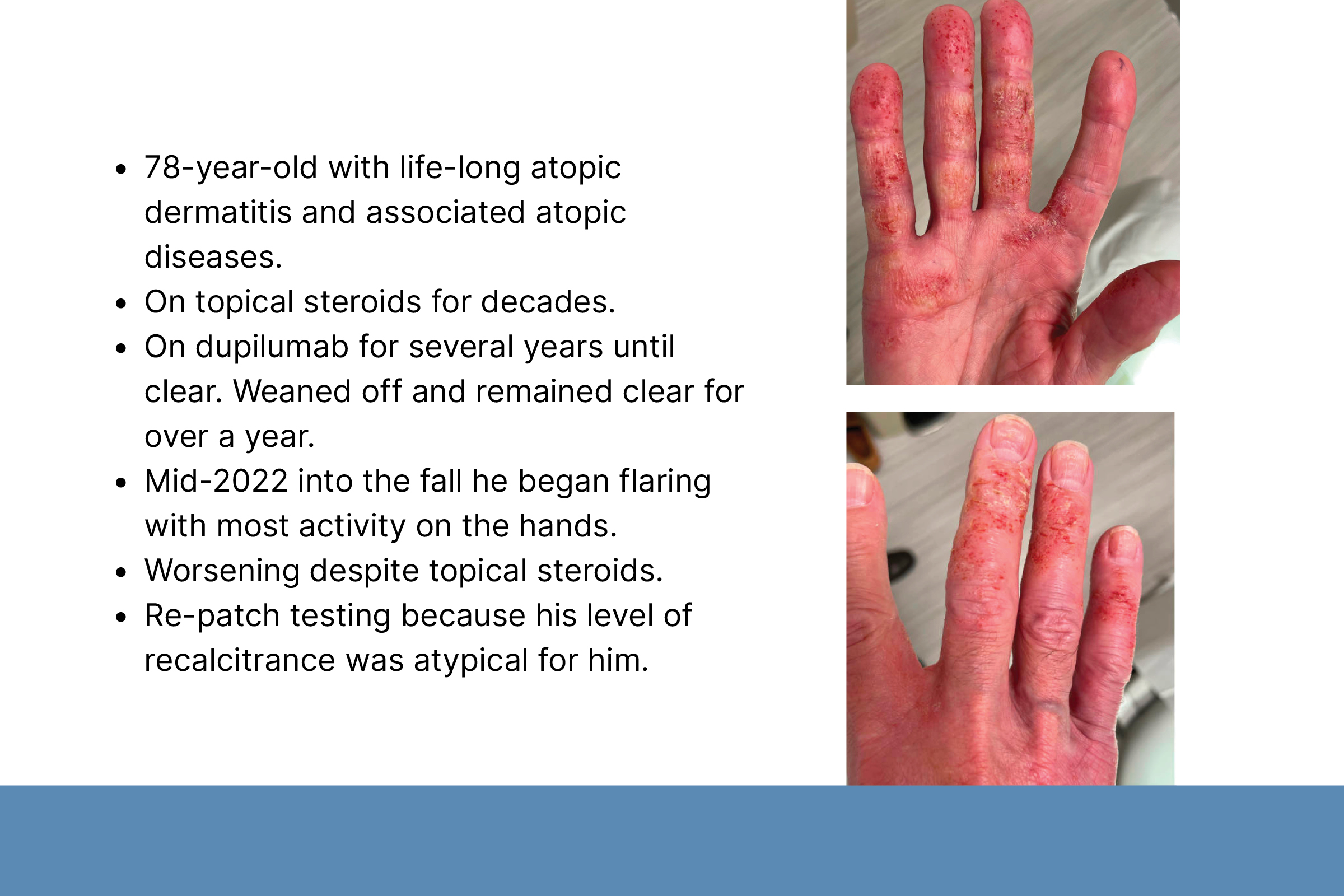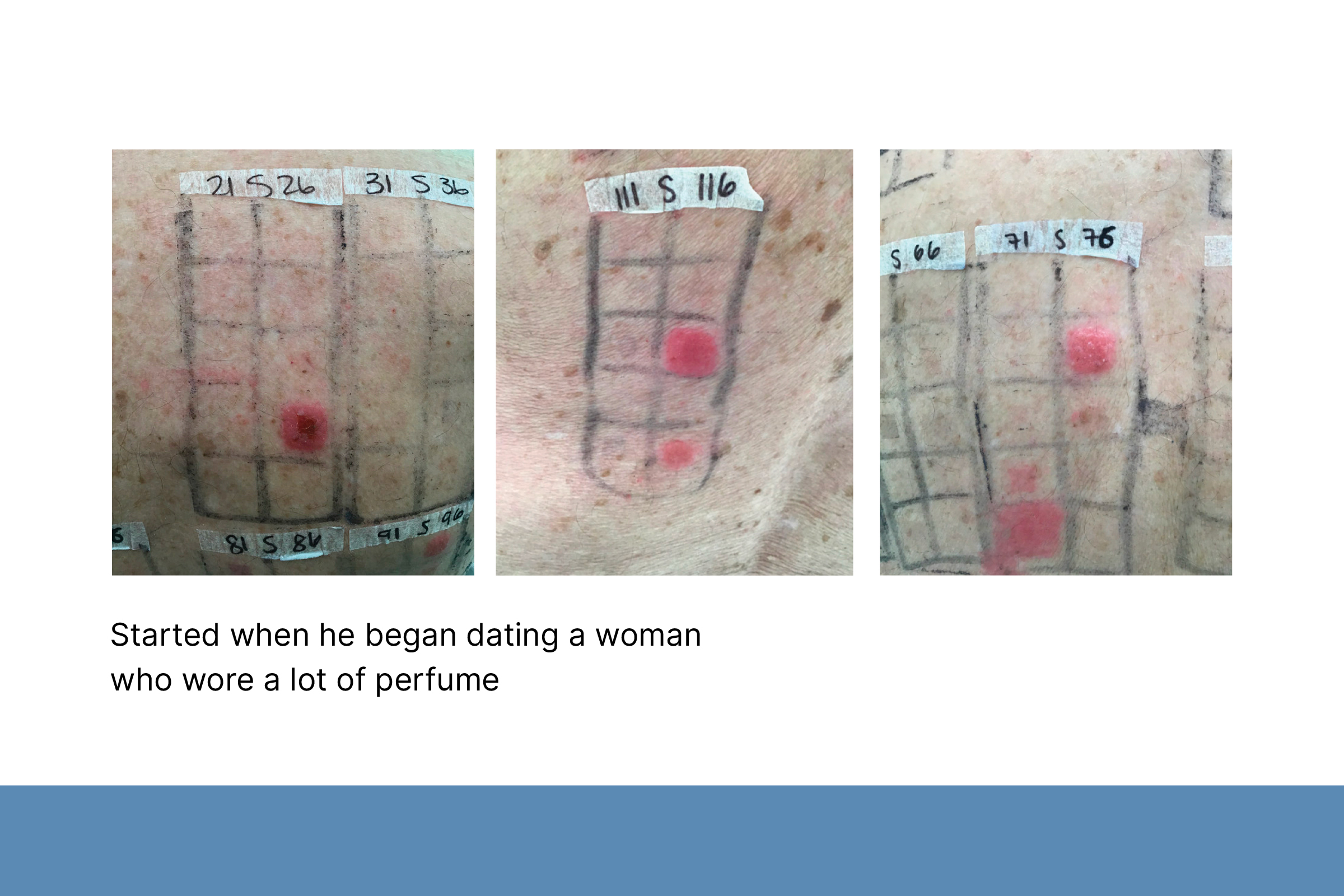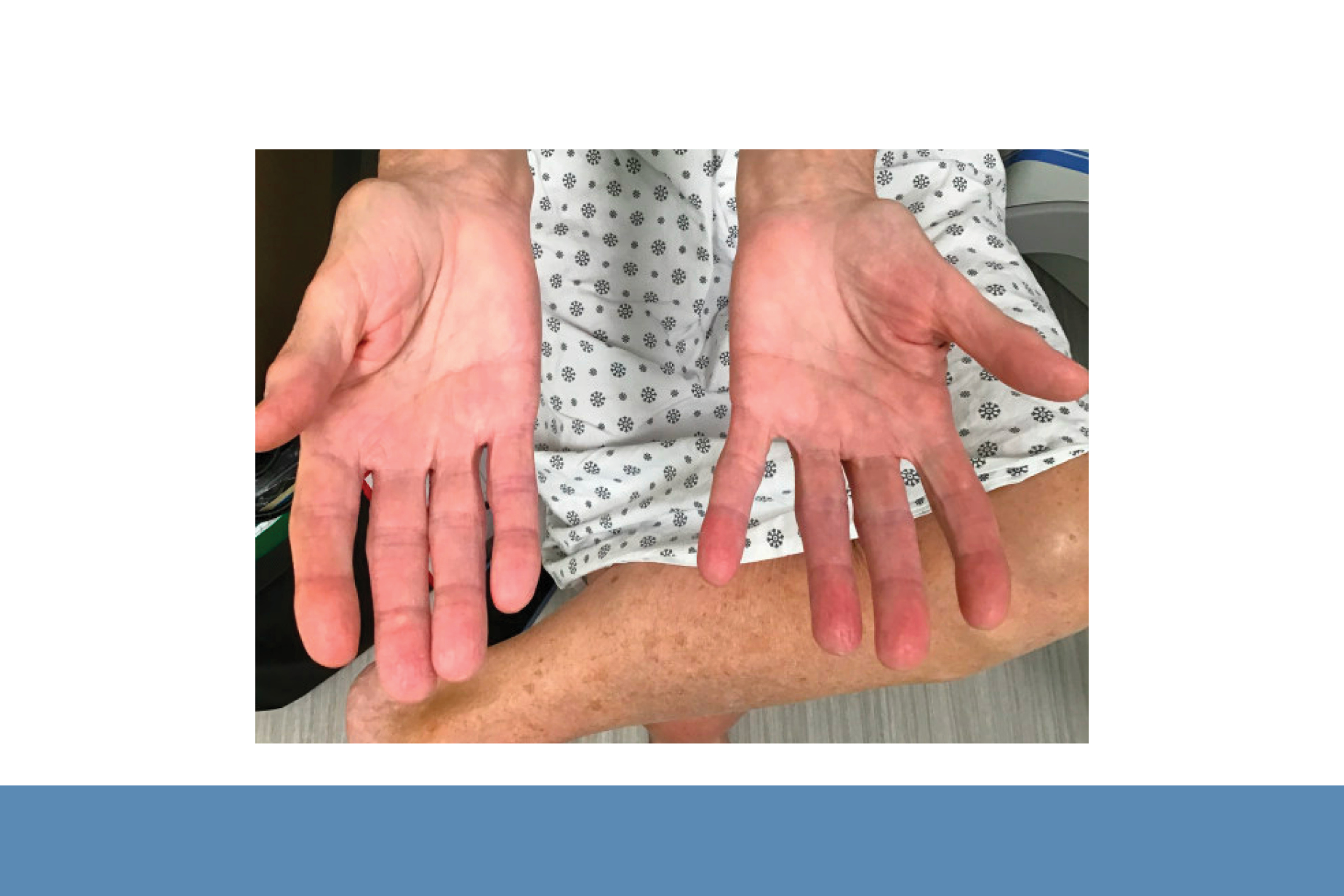Update on Contact Dermatitis
David E. Cohen, MD, MPH
Charles C. and Dorothea E. Harris Professor and Executive Vice Chairman for Operations and Strategy, The Ronald O. Perelman Department of Dermatology, New York University Grossman School of Medicine
June 2024
Dr. Cohen shared updated information about contact dermatitis (CD), including trends, common allergens, consort CD, and systemic CD. Reading product labels is critical for diagnosing CD because most products contain common allergens. Dr. Cohen advised that there is overlap between CD and atopic dermatitis (AD). If a patient’s skin does not clear with treatment, consider CD.
First, Dr. Cohen discussed trends in CD. The common causes of CD vary with time based on fashion and popular trends and changes in manufacturing formulations and standards. For example, parabens and tosylamine formaldehyde resin are much less commonly reported as allergens now than in the past. Each year the American Contact Dermatitis Society names an Allergen of the Year to highlight emerging CD trends. The 2023 Allergen of the Year was lanolin, used in toiletries and lip balms.
Trends in reactivity differ among age cohorts. Nickel allergy is more prevalent in younger children and less so in older adults. Dr. Cohen advised considering patch testing in older adults sooner if they have eczema and are not responsive to classical therapies because the results are more likely to be relevant.
Dr. Cohen emphasized that CD caused by different allergens may have a distinct appearance and pathophysiology. Type 1 helper T (Th1) cells are not the only driver of CD. Recent data suggest that nickel is associated with Th17 and Th22, fragrance is associated with Th2 and Th22, and methylisothiazolinone (MI) and rubber are associated with Th2. Dr. Cohen cautioned that patch test results may be inaccurate if a patient is using Th2 inhibitors.
Second, Dr. Cohen discussed common causes of CD:
- Urushiol from poison ivy, oak, and sumac, is the most common cause of CD in North America.
- Nickel is the most commonly positive patch-tested allergen in the US. Piercings are a known risk factor for nickel allergies.
- MI allergy is widespread. New isothiazolinones (e.g., benzothiazolinone [BIT]) are used to replace MI. MI and BIT should be tested separately because the Kathon patch test many MI cases.
- Fragrances are the most variable allergens because scent preferences change with time. Linalool and limonene are important emergent allergens.
- Rubber is commonly found in gloves, mask gaskets, clothing, and footwear. The main allergen in gloves is carbamate (CM), not thiuram (TM). Patch test reactions to rubber constituents are often relevant and need some investigations.
Finally, Dr. Cohen discussed consort allergic CD and systemic CD. Consort allergic CD develops after exposure to an allergen from another individual. Systemic CD is a cutaneous reaction from systemic exposure to an allergen. It can be caused by medications or medical devices, including steroids, metals like nickel, cobalt, and copper, flavors and fragrances, and from unusual sources of allergens, like rectal suppositories, and intradermal or other sources of lidocaine use. The mechanism is poorly understood.




